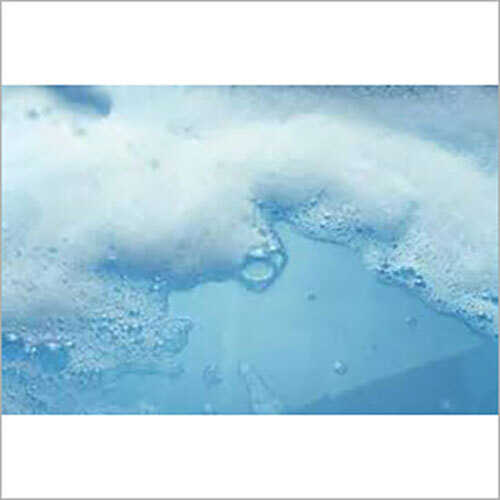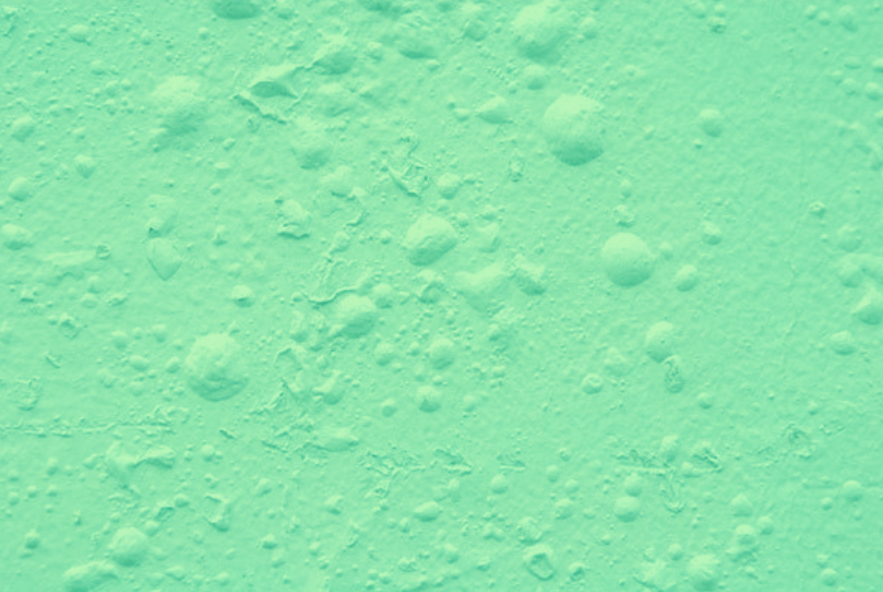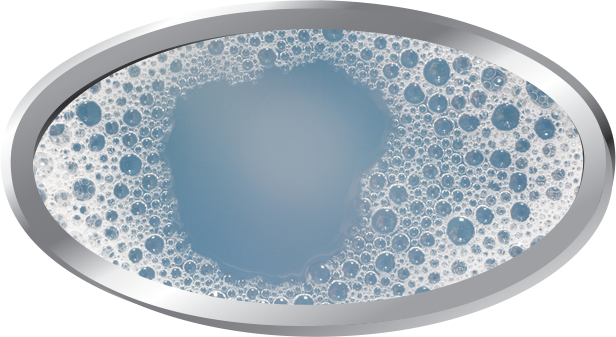How Defoamers Can Save Time and Money in Industrial Production
How Defoamers Can Save Time and Money in Industrial Production
Blog Article
Choosing the Right Defoamer for Your Specific Application Requirements
Picking the proper defoamer for certain application requirements is a nuanced process that requires mindful factor to consider of several variables, such as the foam tool, operating, and type conditions. Understanding the subtleties of defoamer performance-- consisting of speed and persistence-- while additionally representing ecological and regulatory variables is vital. Additionally, taking part in tests and speaking with manufacturers can supply valuable understandings. However, browsing these complexities can be daunting, and the repercussions of a bad choice may be considerable. What techniques can be utilized to make certain an optimal option?
Understanding Foam Development
Foam formation occurs when gas is caught within a liquid, developing a secure framework of bubbles. This sensation can significantly influence numerous commercial procedures, particularly in industries such as food manufacturing, drugs, and wastewater treatment. The visibility of foam can hinder blending, minimize product quality, and even cause operational inefficiencies.
Foam generally forms due to a mix of factors, consisting of surface-active representatives, frustration, and the attributes of the liquid stage. Surfactants lower the surface area stress of the fluid, helping with the development of bubbles that can integrate and maintain. Anxiety, whether from mechanical stirring or gas intro, enhances bubble formation, causing enhanced foam volume.
Comprehending the mechanics of foam development is important for sectors aiming to enhance their processes. By recognizing the details conditions that advertise foam generation, companies can carry out approaches to reduce its impacts. This knowledge prepares for choosing appropriate defoaming agents that effectively target the one-of-a-kind obstacles presented by foam in various applications. A thorough understanding of foam formation is vital for enhancing performance and maintaining product honesty across numerous sectors.
Kinds of Defoamers Available
Different kinds of defoamers are available to resolve the challenges positioned by foam in commercial applications. defoamers. Broadly classified, defoamers fall into 3 classifications: silicone-based, non-silicone-based, and all-natural defoamers
Silicone-based defoamers are renowned for their performance and security across a vast array of temperatures and pH levels. They are commonly made use of in applications where solid foam suppression is essential, such as in adhesives, paints, and finishes. Their reduced surface stress enables quick foam collapse.
Non-silicone-based defoamers, often made from organic compounds, provide an option for applications conscious silicone deposits. These defoamers can be further separated right into polyether and ester types, each tailored to fulfill certain solution needs. Non-silicone defoamers are regularly used in food handling and personal care products due to their compatibility with numerous solutions.
Natural defoamers, obtained from plant or animal resources, are gaining grip because of their environment-friendly profile. These products are specifically appealing in applications where regulatory compliance and sustainability are extremely important, such as in agrochemicals and biotechnology.
Picking the right kind of defoamer is critical for maximizing efficiency and ensuring compatibility with details applications.
Trick Application Considerations
When selecting a defoamer, it is vital to take into consideration the specific application needs to guarantee optimal performance. defoamers. Various industries have distinctive needs, such as food handling, drugs, or wastewater treatment, and each application might call for distinct defoaming residential properties
Key aspects to examine consist of the medium in which the defoamer will certainly be made use of, whether it is water-based, oil-based, or a combination thereof. The temperature and pH degrees of the application can also greatly influence the effectiveness of a defoamer. Furthermore, compatibility with various other chemicals existing in the system is important to avoid damaging reactions that might endanger efficiency.
Another crucial factor to consider is the frothing behavior of the certain system. Understanding whether the foam creates quickly or gradually can direct the choice of a defoamer that targets the source successfully. The preferred speed of defoaming can influence the option, as some applications require rapid activity while others might tolerate slower defoaming processes.
Last but not least, regulative and environmental factors to consider need wikipedia reference to not be overlooked, particularly in sectors with stringent compliance requirements. Selecting a defoamer that aligns with these elements guarantees both efficiency and safety and security in the application.

Performance Screening Techniques
Evaluating the efficiency of a defoamer requires a systematic method to screening visit this site that properly measures its performance in certain applications. Numerous performance testing techniques can be used to determine the optimum defoamer for a given formulation.
One common approach is the bubble examination, which examines the defoamer's ability to decrease foam volume over time. This test involves creating a secure foam and after that including the defoamer to observe the price of foam collapse.

Ultimately, choosing the suitable performance screening method depends on the details application and the sort of foam being dealt with. Each method provides useful information that can lead formulation changes and boost the performance of the defoamer in practical applications.
Finest Practices for Option


Next, consider the defoamer's efficiency in regards to rate of action and perseverance. A quick-acting defoamer might be essential for procedures where rapid foam suppression is vital, while a more persistent formulation may be required for prolonged foam control. Additionally, examine the environmental impact of the defoamer, including its biodegradability and any type of regulatory compliance requirements.
Conduct trials with selected defoamers to establish their effectiveness in real-world problems. By sticking to these best practices, you can boost foam control performance and guarantee the durability of your processes.
Verdict
In summary, choosing the proper defoamer requires an extensive assessment of numerous aspects, consisting of foam kind, tool, operating problems, and environmental factors to consider. Understanding the distinct attributes of foam formation and the available defoamer options is vital. Additionally, employing reliable performance screening methods and sticking to best practices throughout the option process will improve the probability of achieving ideal defoaming results. Eventually, a well-informed option method will address certain application needs and mitigate lathering difficulties properly.
Choosing the appropriate defoamer for specific application demands is a nuanced procedure that demands cautious consideration of numerous elements, such as the foam kind, operating, and tool problems.Picking the right defoamer is essential for attaining ideal efficiency in foam control applications. A quick-acting defoamer might be necessary for procedures where quick foam suppression is critical, while an extra relentless formula might be needed for long term foam control.In recap, choosing the proper defoamer demands an extensive evaluation of various variables, consisting of foam kind, medium, operating conditions, and ecological factors to consider. Comprehending the special qualities of foam development and the available defoamer choices is important.
Report this page